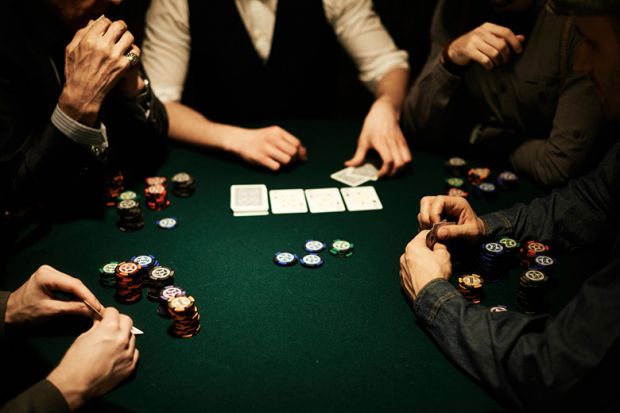Game Changers: Stories of the Revolutionary Minds behind Game Theory
Rudolf Taschner; translated by Brian Taylor
Prometheus Books
Game theory is often said to have been invented by John von Neumann and Oskar Morgenstern, and then developed by John Nash (hero of the film A Beautiful Mind). Rudolf Taschner, however, sees them as a part of a much longer story, incorporating figures as surprising and diverse as Mozart, Wittgenstein, Blaise Pascal and Benjamin Franklin. His highly entertaining account shows how each of his striking characters passed on the baton to the next. On the way, he takes in everything from Brownian motion, the Monte Hall problem and Moore’s paradox to poker, prisoners’ dilemmas and zero-sum games.
Evidence for Hope: Making Human Rights Work in the 21st Century
Kathryn Sikkink
Princeton University Press
Kathryn Sikkink wrote this book for the “people on the front line of human rights work who say they have lost hope”. Despite all the appalling problems in the world, she argues, careful comparative analysis reveals many areas – access to healthcare, levels of violence against civilians – where there has been real progress, however slow and partial. While “the gap between our ideals and our current practice” can give us “the anger we need to fight for change”, we also need the sense of hope derived from knowing that – and how – we can make a difference. Here we find the essential “evidence for hope”.
Life at the Edge of Sight: A Photographic Exploration of the Microbial World
Scott Chimileski and Roberto Kolter
Harvard University Press
Microbes were probably the first life form on Earth and come in an immense variety of forms, only a few dozen of which seem to cause human diseases. Today, according to Chimileski and Kolter, we know enough to “appreciate much of the beauty that is inherent in visualizing the life of microbes”, not to mention their role in “produc[ing] diverse food and beverages”. This lavishly illustrated celebration takes in everything from antibiotics, fungi and “intelligent slime” to the rich environment “on the kitchen counter”, while also tracing the stories of the leading scientists who revealed this extraordinary world. Microbes will never be the same again.
The Seduction of Curves: The Lines of Beauty that Connect Mathematics, Art, and the Nude
Allan McRobie; with photographs by Helena Weightman
Princeton University Press
Curves, according to Allan McRobie, reader in engineering at the University of Cambridge, are “seductive” and “speak to us on some deeply instinctual level”. Yet, perhaps surprisingly, they also have “a language, an alphabet, a lexicon” that distinguishes between cusps and folds, butterflies and swallowtails, wigwams and umbilics. To illustrate this little-known branch of mathematics, he draws on the art of David Hockney, Henry Moore and Salvador Dalí, as well as Helena Weightman’s superb photographs of mountains, mushrooms, reflections on water and naked bodies. Everything from the stability of oil rigs to the shape of our genitals turns out to be intimately related to curves.
Saving Beauty
Byung-Chul Han; translated by Daniel Steuer
Polity
Something strange, suggests Korean-born and Berlin-based philosopher Byung-Chul Han, has been happening to beauty. Brazilian waxing, elegantly designed iPhones encouraging us constantly to “like” and “share”, even the sculptures of Jeff Koons (perhaps the world’s most successful living artist) all rely on the aesthetics of the smooth. Yet when beauty has become so smoothed out that it lacks “any negativity, any form of shock or injury”, it merely “sedates our perception” and cannot perform many of the central functions traditionally associated with art. Han develops this bold argument with examples drawn everywhere from digital beauty to “pornographic theatre”.
Matthew Reisz
